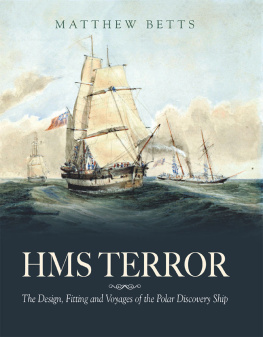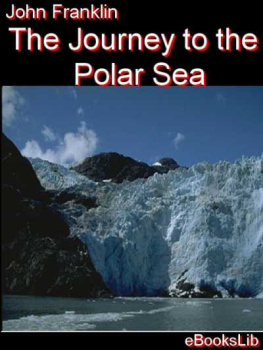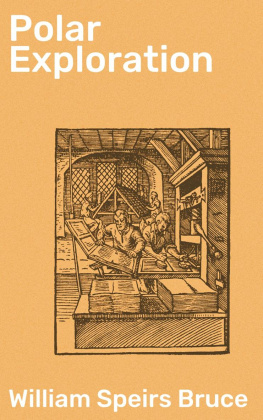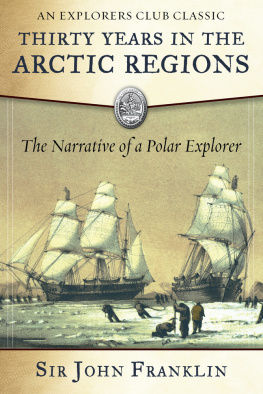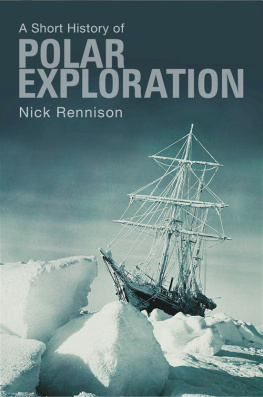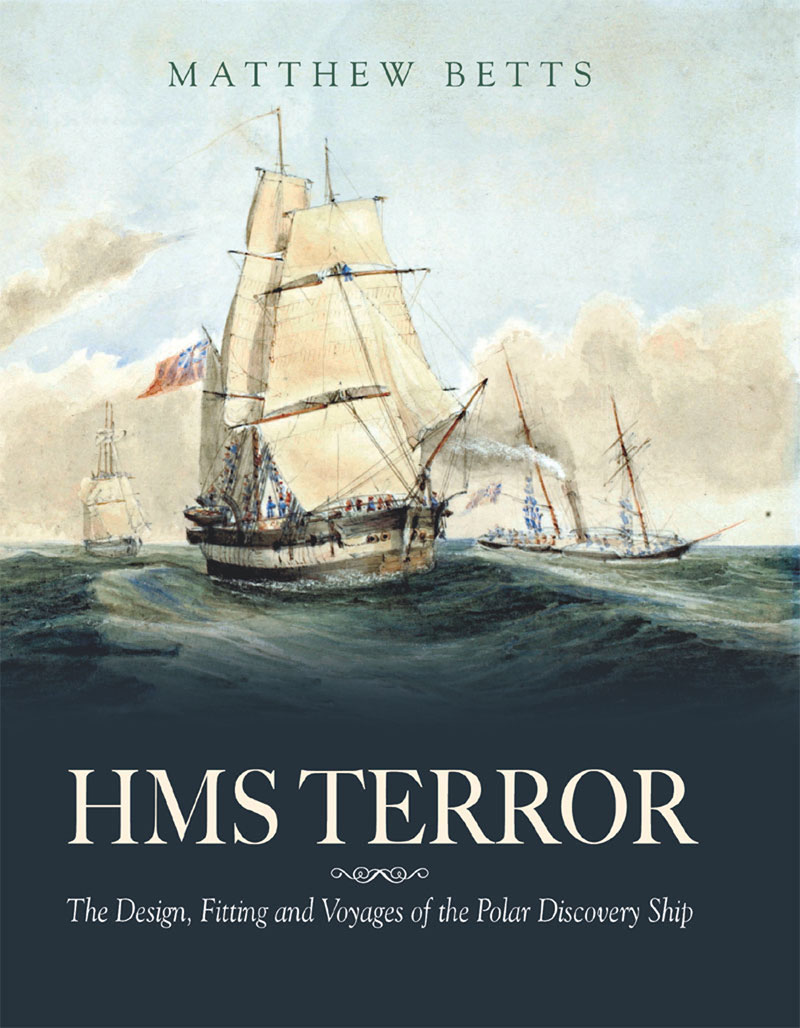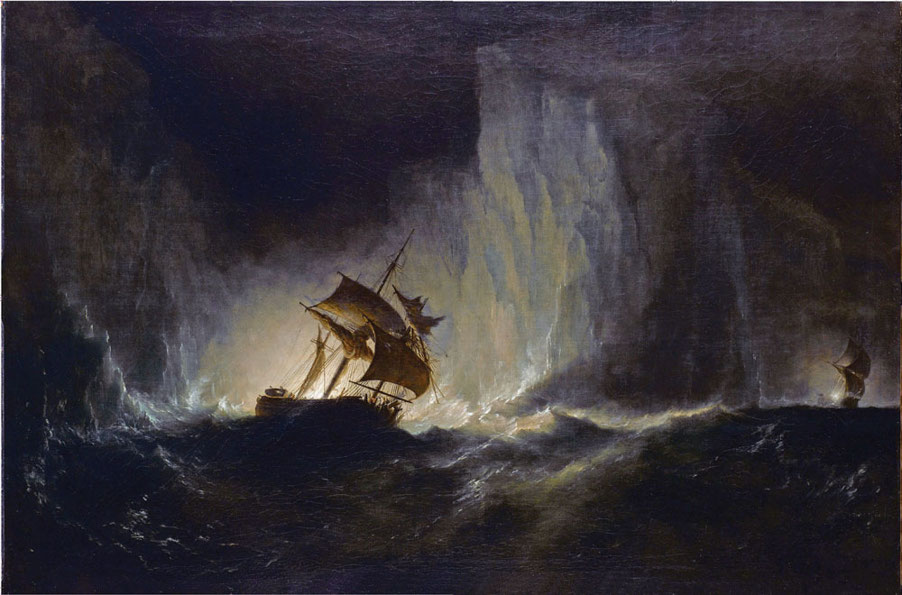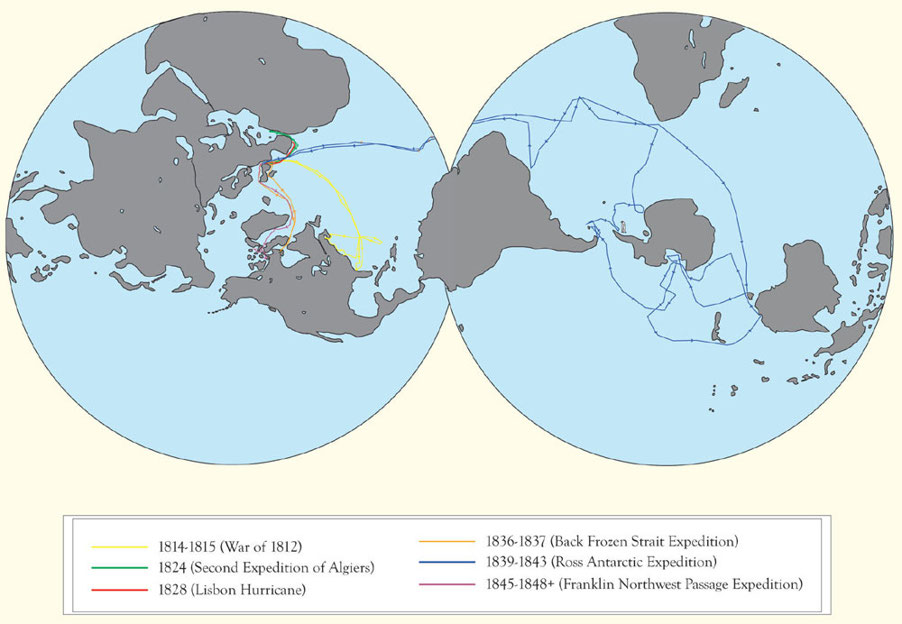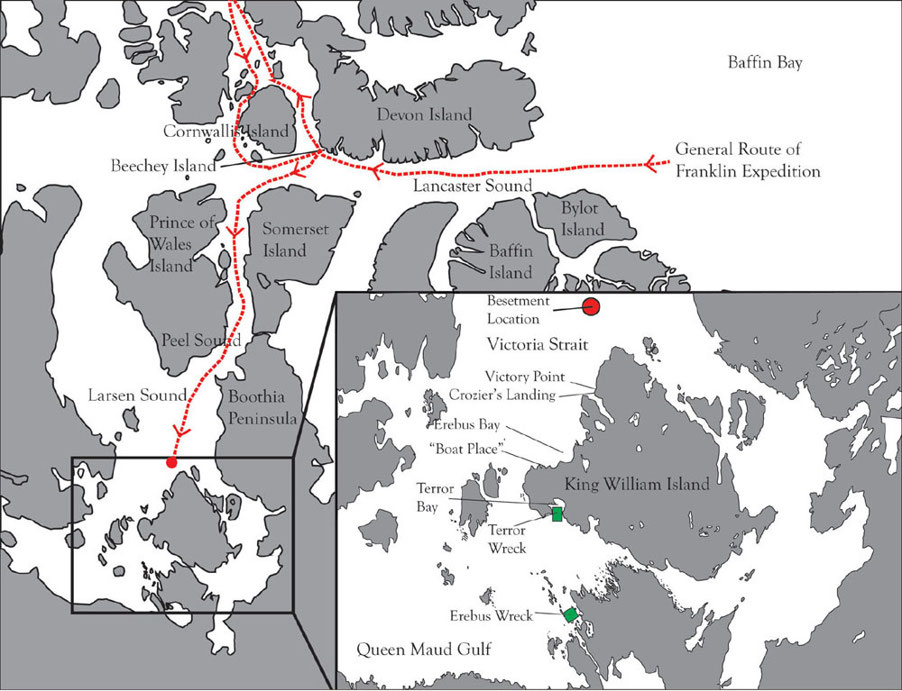HMS TERROR
HMS TERROR
The Design, Fitting and Voyages of a Polar Discovery Ship
MATTHEW BETTS
Foreword by John Moore & Ryan Harris
Erebus and Terror passing through the chain of bergs on James Clark Rosss Antarctic expedition of 1842, painted by Richard Beechey. ( National Maritime Museum, Greenwich, London. BHC3654)
Copyright Matthew Betts 2022
First published in Great Britain in 2022 by
Seaforth Publishing,
A division of Pen & Sword Books Ltd,
47 Church Street,
Barnsley S70 2AS
www.seaforthpublishing.com
British Library Cataloguing in Publication Data
A catalogue record for this book is available from the British Library
ISBN 978 1 5267 8313 4 (HARDBACK)
ISBN 978 1 5267 8314 1 (EPUB)
ISBN 978 1 5267 8315 8 (KINDLE)
All rights reserved. No part of this publication may be reproduced or transmitted in any form or by any means, electronic or mechanical, including photocopying, recording, or any information storage and retrieval system, without prior permission in writing of both the copyright owner and the above publisher.
The right of Matthew Betts to be identified as the author of this work has been asserted by him in accordance with the Copyright, Designs and Patents Act 1988.
All drawings and unaccredited photographs are by the author.
Pen & Sword Books Limited incorporates the imprints of Atlas,
Archaeology, Aviation, Discovery, Family History, Fiction, History, Maritime, Military, Military Classics, Politics,
Select, Transport, True Crime, Air World, Frontline Publishing, Leo Cooper, Remember When, Seaforth Publishing,
The Praetorian Press, Wharncliffe Local History, Wharncliffe Transport, Wharncliffe True Crime and White Owl
Designed and typeset by Stephen Dent
CONTENTS
EpilogueThe Discovery Vessel Herself Discovered
The Global Voyages of HMS Terror, 1813-1848
Passage of the Franklin Expedition, 1845-1848
Foreword

IN JULY 2013, when we were about to embark on the fifth season of the Parks Canada-led search for the wrecks of HMS Erebus and HMS Terror, a blog about scratch building a 1:48 scale model of Terror by the pseudonymous Ship Modeler appeared. The bloggers stated aim was to document the process of creating both accurate plans and an accurate scale model of Terror as fitted in 1845 prior to her voyage in search of a Northwest Passage under the command of Sir John Franklin. The bloggers quality of work and passion for this iconic ship drew in researchers, enthusiasts of the 1845 expedition, and ship modellers alike. We soon learned that the blogger was fellow Canadian archaeologist Matt Betts. Month by month his diminutive Terror and hybrid digital ship plans took shape in his workshop and on our computer screens. Who could have predicted that in September 2014, just one year after Matts blog launched, our team would find Erebus and that two years later Terror would be discovered, both at 1:1 scale?
Matt has embraced the heroic story of Terror like no one else, and through thousands of hours of research, drafting and modelling, he has left no scuttle, hatch cover, or locker of historical and technical knowledge unopened. Indeed, a September 2016 blog post said it all: Ive scrutinised every plank and bolt on her plans. In my mind, Ive spent nearly as many days on Terror as her men did. These efforts have greatly enriched the public not only through his blog but also through contributions to museum exhibits, a 1:75 scale model ship kit, and AMCs The Terror series for television. All of this is distilled into the pages that follow, and in Matts capable hands you learn about Terrors transformation from bomb vessel to a stout and plucky polar discovery ship tricked-out with the very latest technologies to go head to head with ice floes and icebergs. Matt weaves together the technical element with the human experience. He describes not only the work of the skilled Royal Navy men who designed, built and adapted Terror, but also the very human decisions and actions of the intrepid men who sailed and pushed Terror to her limits. Matt has not only produced a first-rate ship biography of Terror but also a remarkable technical analysis of a ship that, with Erebus, was in the pole position of Victorian shipbuilding and naval development in the mid nineteenth century.
Diving into this book and exploring its ship plans in particular, you are transported back to April 24 1845 when senior Royal Navy officers visited Erebus and Terror under refit at Woolwich, just twenty-five days before their departure. Matt takes you aboard Terror, high and dry and in full view in dry-dock. You see first-hand her massive timbering and over-the-top reinforcing, tour her cramped decks, gaze at her newly-installed steam-screw propulsion system and her novel heating apparatus among other clever adaptations. And for this tour Matt Betts, todays Master Shipwright of HMS Terror, is your expert guide.
On September 16, 2016 it was our privilege to actually board the real Terror. We ascended her plumb starboard side, sidled up past her projecting ice channel, and floated over her intact bulwarks onto the upper deck, albeit at a water depth of 16 metres (52ft) and wearing diving equipment in the frigid 1C water of Terror Bay, Nunavut. As we did so we beheld in wonder the scale of the ship, as best we could in the eerie, near-dark water, and wondered about the last people aboard Terror before us, while she was still afloat. Matt has summarised many of our teams recent archaeological findings; and he also considers important questions about the fate of the ship, and how she reached Terror Bay, at a time when Franklins expedition had come undone. Ongoing archaeological research at the wrecks of Erebus and Terror the latter remarkably well preserved promises many more discoveries. Indeed, the wreck of Terror embodies the life story of this remarkable ship, a story that Matt has generously and ably laid down. Time will tell what future archaeological findings on the wreck are made, and how they might further inform us about the ships fabric, its crew, final movements and ultimate sinking just offshore of the island of Qikiqtaq, home to Nattilingmiut, far from where Terror slid down the ways at Topsham in June 1813.
Jonathan Moore and Ryan Harris

